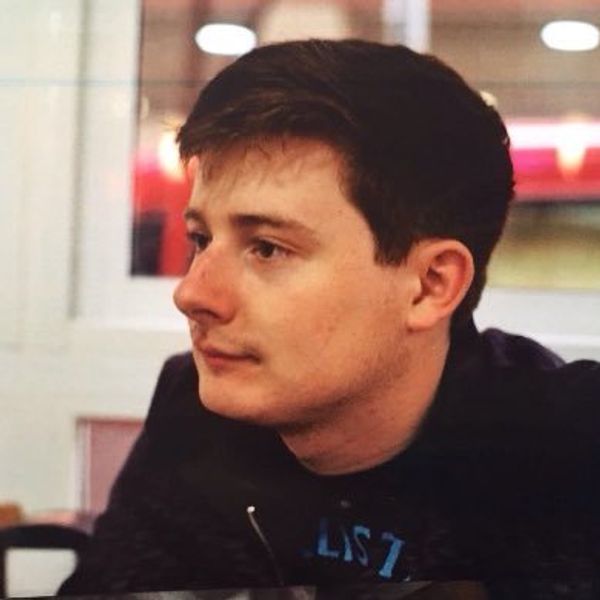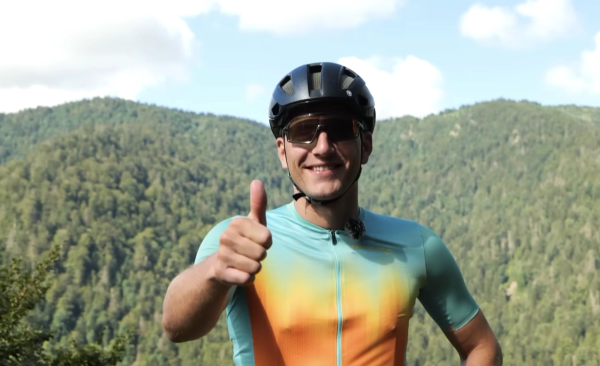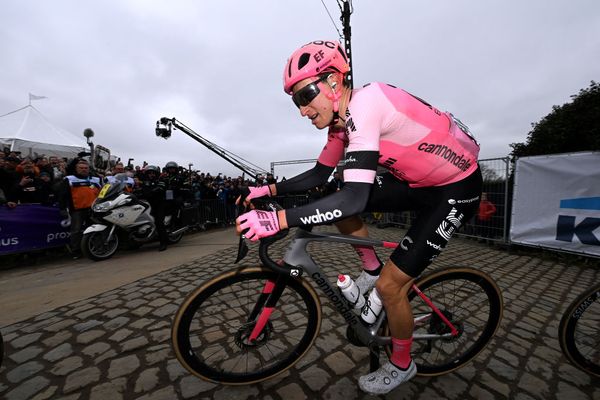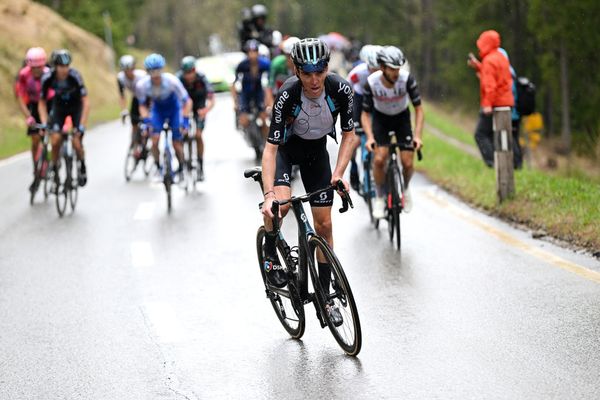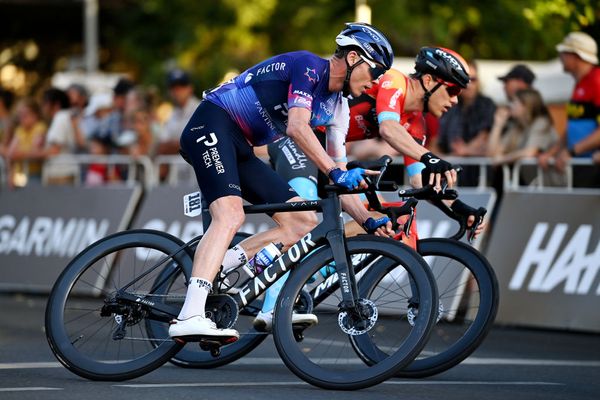A Beginner's Guide to the Tour de France
All you need to know about the biggest race in the world, from how the race works, and where you can watch all the action
Will Newton
Race News Editor
Velo Collection (Michael Steele) /Getty Images
The Tour de France is a bike race cut above all others
The biggest bike race on the planet, the Tour de France, is the pinnacle of the cycling calendar, but what is this race, why is it so famous and how on earth does one win it? If you’ve ever found yourself asking one of these questions then worry not, for this Newcomer’s Guide is going to help you decrypt and decipher this summer’s ‘Big Loop’ around France…
Ask somebody to name a bike race and nine times out of ten that person will reply, ‘the Tour de France’. Ask that same person to explain the Tour de France and you’ll be lucky to be given a coherent sentence devoid of ‘ums’ and ‘ahs’. You see, while the Tour may be one of, if not the most, watched sporting events in the world - with 3.5 billion viewers annually - it’s also one of the most confusing with a rule book almost as long as the route itself.
This confusing aspect of the Tour can be an obstacle to many, so to ease you in we’ve put together this handy guide explaining the basics behind the race - from what is the Tour de France, to how does one win it. Whether you’re a complete newcomer or perhaps an annual Tour watcher, there’ll be something in this guide for you and something that will finally give you an answer to - at least one of - your many questions about the race.
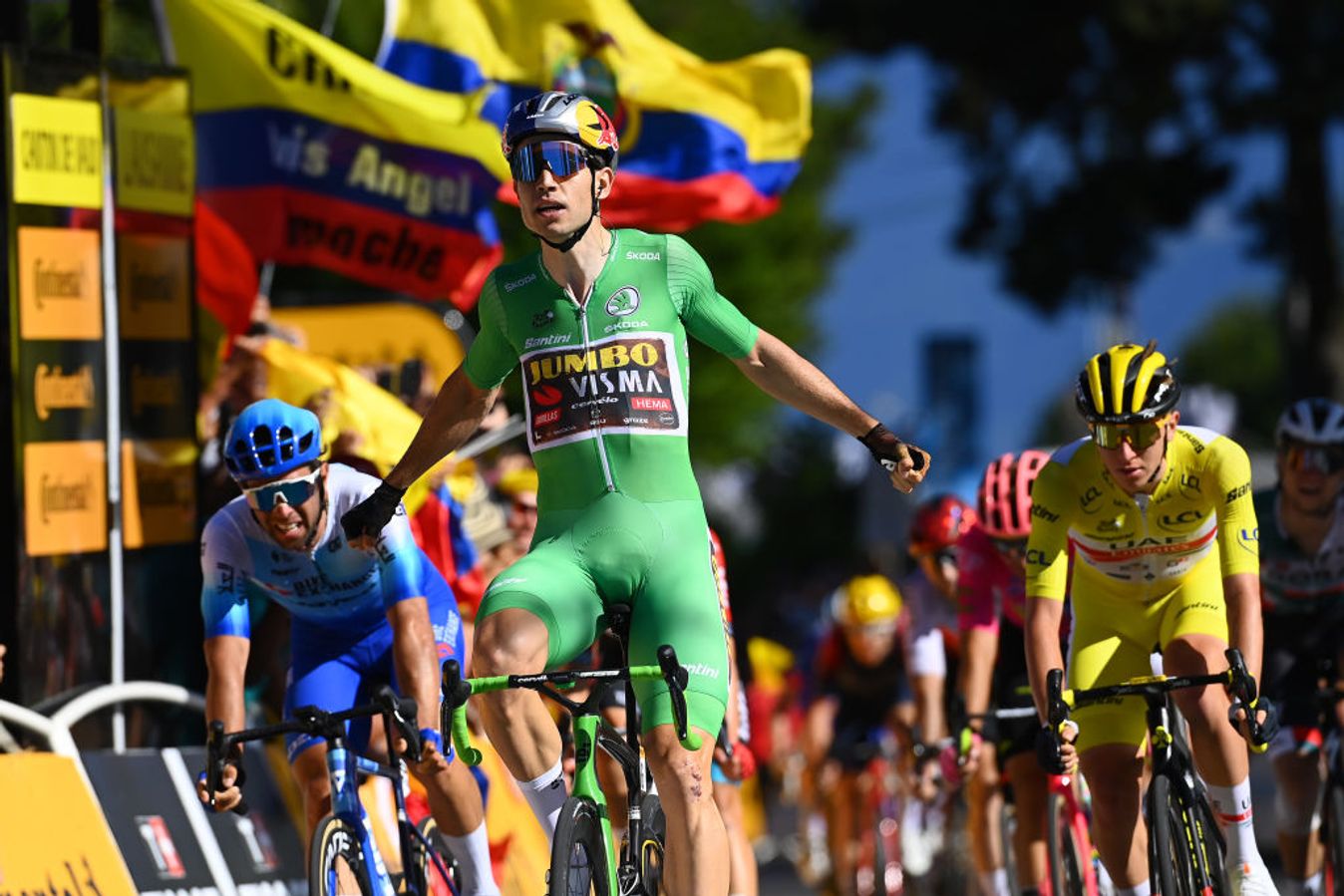
Velo Collection/Getty Images
The Tour is made up of 21 mini races called ‘stages’ - complete them all in the fastest cumulative time and you’ll be crowned the overall winner
What is the Tour de France?
The Tour de France is what’s known as a ‘stage race’, which is a collection of smaller races - or stages - ridden consecutively across a set period of time. In the case of the Tour, this time period encompasses three weeks, or 21 days (23 if we include the two rest days where there’s no racing). There are only two other stage races on the cycling calendar that last for three weeks and those are the Giro d’Italia and Vuelta a España. Together with the Tour, these races are known as the ‘Grand Tours’.
As its name suggests, the Tour takes place in France - although this comes with some caveats. While the majority of the three-week race takes place within mainland France, some stages do occasionally pass through neighbouring countries, like Italy, Spain, Switzerland and Belgium. The race is also known for hosting ‘Grand Départs’ - the term for the celebratory opening stages of the race - in foreign countries. For example, in 2023 the race began with three stages in the Basque Country, an autonomous community of Spain. The 2024 edition, on the other hand, will start with three stages in northern Italy taking in the cycling rich regions of Tuscany, Emilia Romagna, Lombardy and Piemonte.
With the race taking place across France, and across some other European countries, terrain can wildly differ between stages. Some stages stick to the flatlands along the coasts, while others head deep into the mountains. Several stages may also take the form of a ‘time trial’, where riders compete to set the fastest time over a set course after a staggered start. This changing of terrain between stages, and also within stages, is what poses the main challenge to the riders and ultimately dictates who wins the Tour de France overall, but more on that later!
Why is the Tour de France so famous?
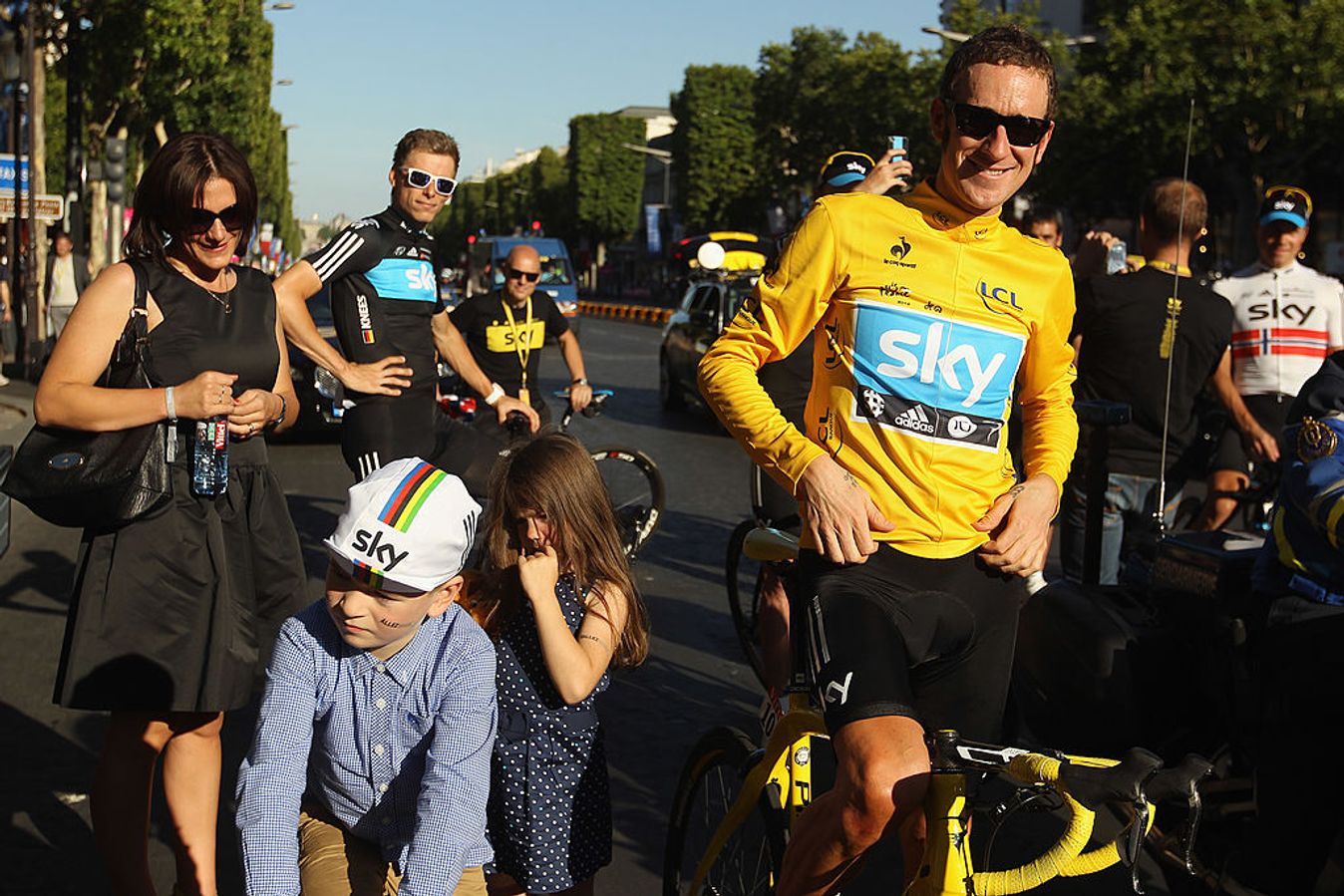
Velo Collection (TDW)/Getty Images.
The maillot jaune is the most iconic jersey in all of cycling
The Tour is the oldest of the three Grand Tours, with its debut edition taking place way back in 1903. It’s also the race which inspired the likes of the Giro and the Vuelta. At 120-years-old, it’s the oldest still-running stage race on the international calendar. There are one-day events which are older, but no professional, multi-day stage race is older than the Tour de France - one of its many claims to fame.
Born from a newspaper marketing scheme, devised by French journalist Henri Desgrange, the first Tour took place in an attempt to boost sales of L’Auto - a nationwide daily newspaper dedicated to sport. This inaugural race only featured six stages, but with each stage covering ~400km it quickly made its way around the perimeter of France. Due to the length of these stages and the comparatively poor technology of the time riders often had to race through the night.
Home favourite Maurice Garin, a man affectionately known as ‘The Little Chimney Sweep’, won this first ever Tour de France, writing his name into cycling’s history books in the process. The race was a sudden hit so Desgrange decided to bring it back the following year, and then the next one, and the one after that. Before long it soon became the go-to event for masochists across Europe to attend and shed blood, sweat and tears over. This blood, sweat and tears made for great stories back in the day and now, fantastic TV.
The race’s longevity and the fact that it has been the site of some of sport’s greatest stories aren’t the only factors which make the Tour so famous, however. In recent decades the race has become truly global with riders from all six of Earth’s major continents not just taking part, but winning too. This globalisation of the Tour has helped it to expand to all four corners of the globe and reach billions of people.
According to the Tour’s organisers, ASO, around 12 million people line up along the route every single year, cheering on their heroes from the roadside. This figure pales in comparison to the race’s total viewers though, which is estimated to be as high as 3.5 billion annually. This mind-boggling figure makes the Tour de France the most watched sporting event in the world, more so even than the World Cup (3.3 billion), Summer Olympics (2 billion), UEFA Champions League (380 million) and Super Bowl (96.4 million).
How does one win the Tour de France?
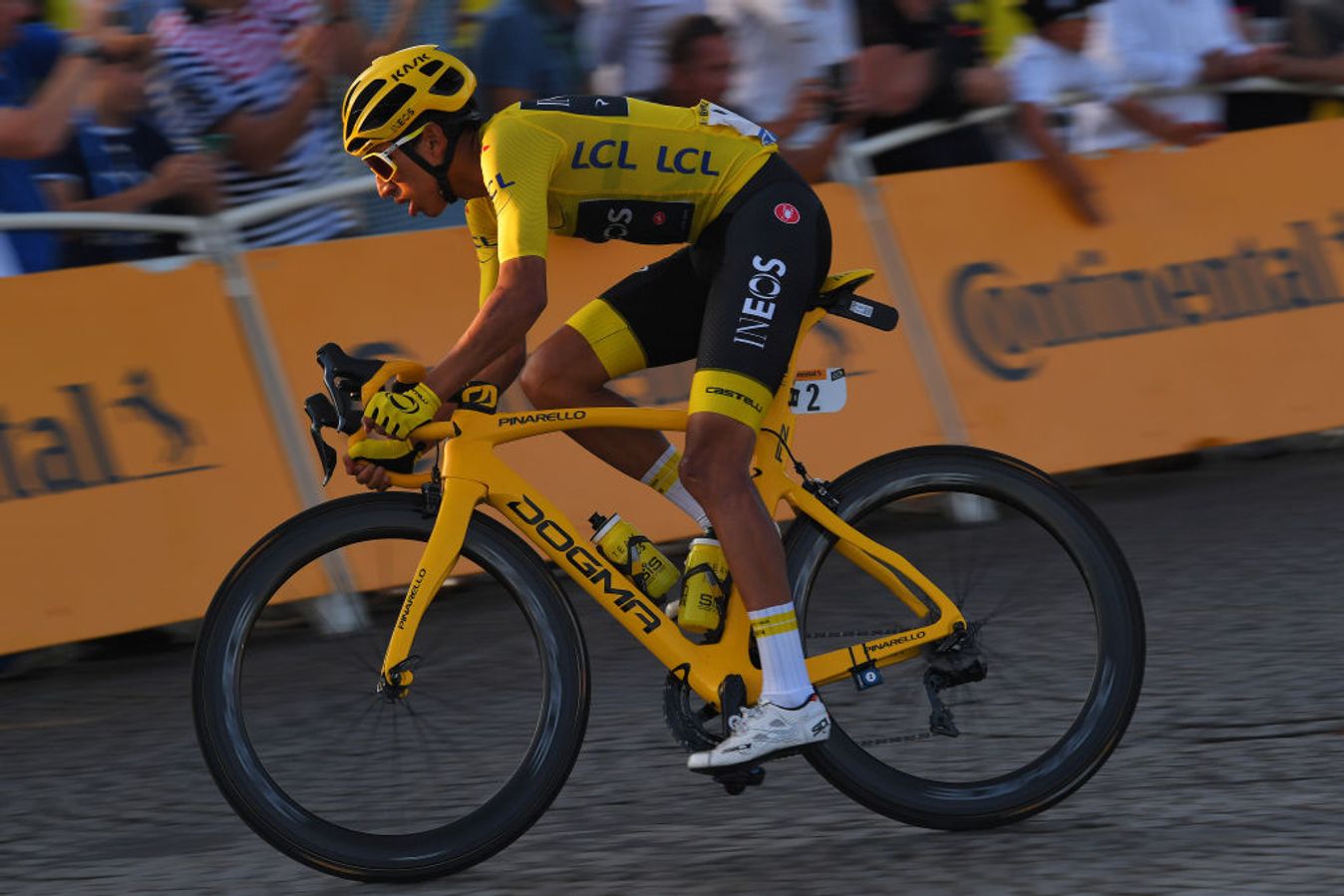
Velo Collection (TDW) /Getty Images
Egan Bernal on his way to winning the Tour de France in 2019
To put it simply, only one rider can win the Tour de France. This is the rider who, once all is said and done, has completed all of the stages in the lowest cumulative time. They’re declared the overall, or general classification (GC), winner and they get to stand on the top step of the podium in Paris at the end of the race, receiving all of the plaudits - and prize money.
But there’s never just one rider who leaves the Tour as a ‘winner’, and this is where things can get quite confusing. First of all, a ‘stage winner’ is crowned at the end of every stage - this is the rider who simply crosses the finish line first. Some riders win multiple stages throughout the three weeks but get nowhere close to winning the race overall, while the overall winner could go the entire three weeks without ever winning a stage. Are you still with us?
And then there are the different coloured jerseys, individual prizes and team prizes. These are handed out to riders at the end of every stage to denote the rider who’s currently leading each respective classification, but they’re not officially ‘won’ until the three weeks is up and the riders cross the finish line on the final stage. Let’s go through each of those in turn now, from the iconic yellow jersey to the lesser-known combativity prize.
Yellow Jersey - The famous maillot jaune, or yellow jersey, denotes the leader of the general classification. As explained above, this is the rider who has completed all of the stages in the lowest cumulative time. This is the biggest prize in the Tour and something that every rider dreams of wearing, although only a handful ever will.
Green Jersey - The maillot vert, or green jersey, denotes the leader of the points classification. Points are accumulated at each stage finish, with a rider being awarded a certain number of points based on their finishing position. The higher they finish, the more points they score.
Different stages have different weightings of points on offer at the finish, with flatter stages offering more and mountain stages less. Points can also be scored at ‘intermediate sprints’ which are placed within a stage, usually around the midway point. In the Tour there’s one intermediate sprint per road stage (so not during time trials).
Polka-Dot Jersey - The maillot à pois, or polka-dot jersey, denotes the leader of the King of the Mountains classification. Like the green jersey, this is a points-based classification where riders score points for being one of the first few over the tops of hills/mountains. Only categorised hills/mountains count towards this classification and the number of points awarded depends on this categorisation.
Hills/mountains are ranked based on their difficulty and assigned either Cat-4, Cat-3, Cat-2, Cat-1 or HC (hors categorie) status. Cat-4 climbs offer fewer points, because they’re the easiest, while HC climbs offer the most points, because they’re the toughest. The winner of this jersey can be someone who’s specifically targeting the classification, but it can also go to the overall Tour winner by virtue of them often being at the front of the race day in, day out.
White Jersey - The maillot blanc, or white jersey, denotes the leader of the Young Rider classification, which - like the yellow jersey - is a time-based classification. It’s restricted to riders that are under the age of 26 when the Tour begins. From those riders who are eligible, the one who has completed the stages in the lowest cumulative time wears the jersey.
Team Prize - This prize is awarded to the winner of the team classification, which assesses teams by adding the times of their three best-placed riders each day - in other words, their first three riders across the finish line on each stage. The team with the lowest accumulated time over the three weeks wins. Unlike the classifications explained above, no jersey is awarded to the leaders of this classification - instead members of the leading team wear a yellow number on their backs.
Combativity Prize - The prix de la combativité, or combativity prize, is awarded to the rider who most animates the day’s racing. This is a subjective classification and one that is decided by the race officials. The winner is given a red number to wear the following day, which is then passed onto the next combativity prize winner. A Super Combativity award is also handed out at the end of the three weeks and goes to the rider who has animated the entire race, rather than just a single stage.
Where can I watch the Tour de France?
Now you know what the Tour de France is all about you’re probably itching to start watching it. Fortunately, the 2023 edition is just around the corner with the opening stage set to take place on Saturday, July 1st. Following the Grand Départ in the Basque Country, Spain - which encompasses three stages this year - the race will head to France and take on stages in the perilous Pyrenees and infamous Alps before drawing to a close with a traditional final stage in Paris on Sunday, July 23rd.
We’ll be showing live coverage of every single stage, start-to-finish, in RaceTV on the GCN App. We’ll also have the daily Breakaway show for you to tune into before and after every stage, where our panel of talking heads discuss the upcoming day’s racing and break down the action afterwards. It’s going to be an incredible three weeks of action and a race that you won’t want to miss, so make sure you have an active GCN+ subscription.
There’ll also be a ton of additional stuff for you to get your teeth stuck into during the Tour on the GCN App. As well as live coverage of the race, we also have articles covering all of the action, stage-by-stage previews, daily polls and quizzes and much, much more. Scroll through our Home and Racing feeds now to start getting involved with all of that fantastic, additional content.
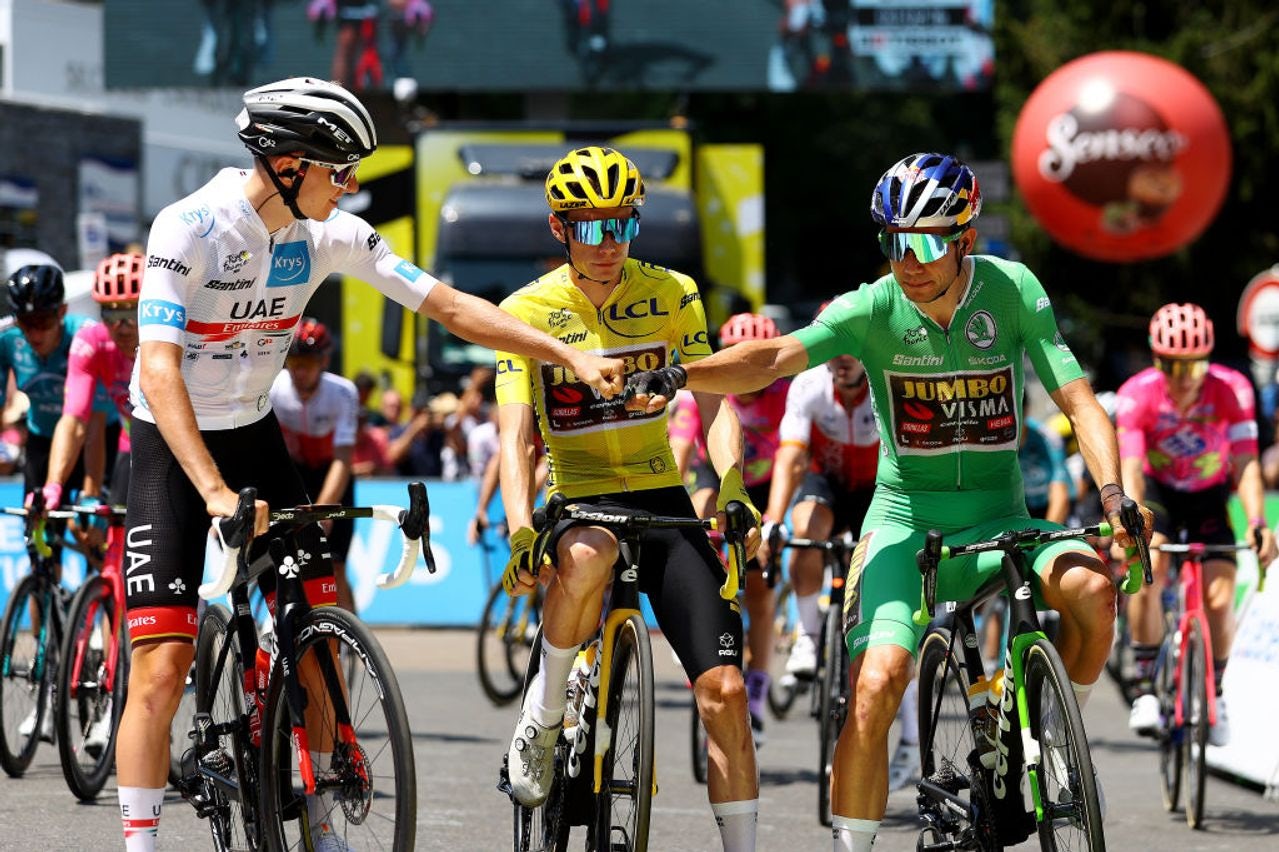
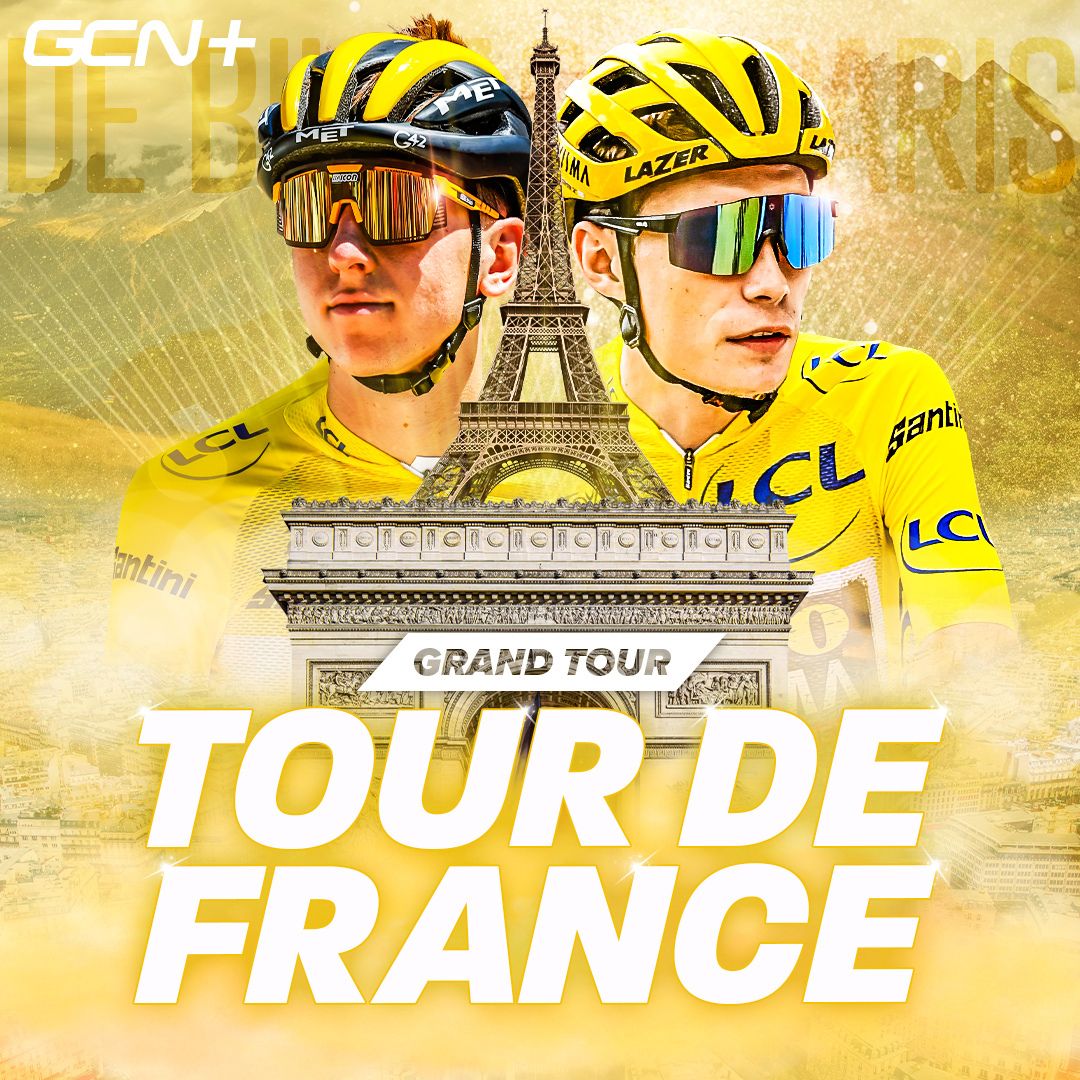MAIN.jpg?w=600&auto=format)





